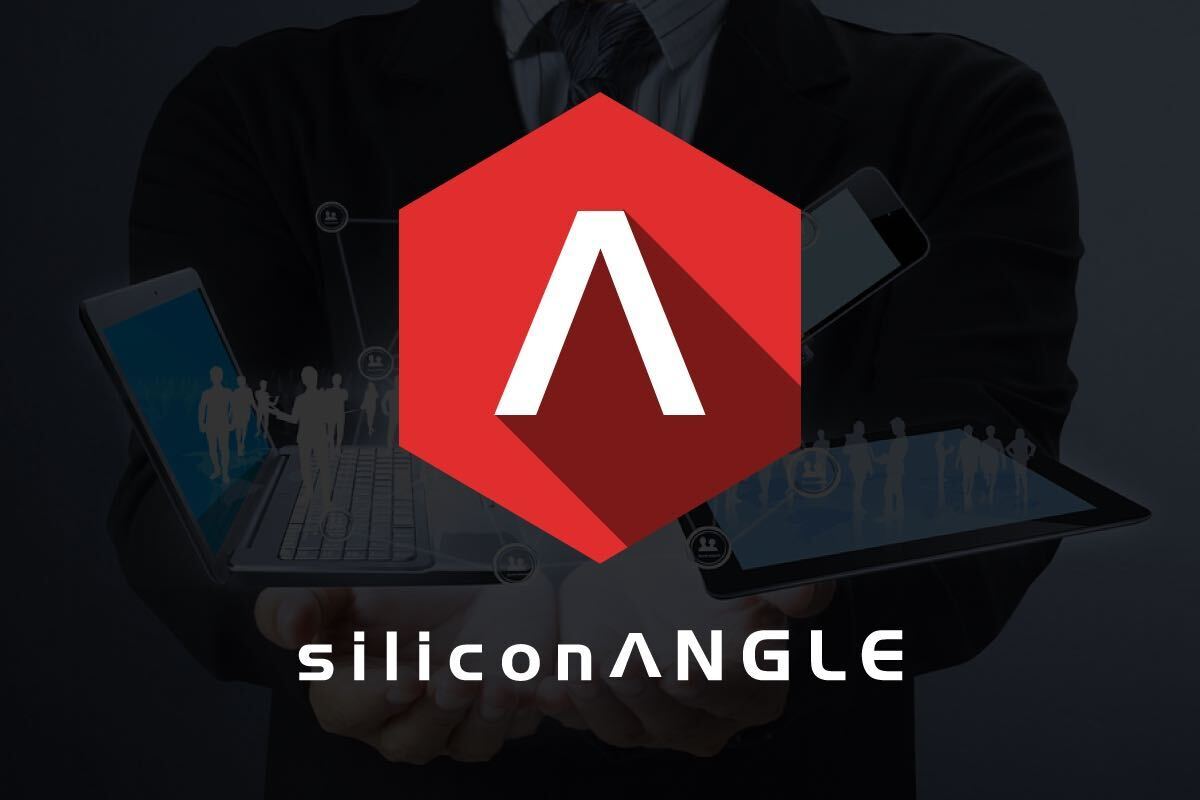


Last month Hewlett-Packard started shipping its extreme low-energy (ETE) server for hyperscale environments. The box, the first of several models, is the product of a multi-year development effort dubbed Project Moonshot.
![]()
HP launched the initiative in late 2011, which is presumably when management realized that it has to counterbalance the shrinking demand for PCs and increased competition in the enterprise space. Moonshot is meant to give the company the advantage it needs by securing a headstart in the emerging market for hyperscale servers: small, low-power boxes that are specifically designed to run web-scale apps and big data software.
Amit Daryanani of RBC Capital Markets is optimistic about the technology, saying he believes “HPQ could generate an additional $12.7B in revenue and $0.36 in EPS by FY15 under the assumption that 1) ELE servers could account for ~15% of the server market in 2015 under greater adoption of the technology than what Gartner projects; and 2) HPQ can garner 50% market share (split between HPQ and DELL),” the analyst wrote in a note to clients.”
There’s no telling what the future will hold, but it’s clear that the industry is getting excited about hyperscale technology. Last month chipmaker Texas Instruments joined the Moonshot PathFinder partner program with the stated goal of integrating its KeyStone II processors into HP’s ultra-efficient servers.
Wikibon’s CTO and co-founder David Floyer calls hyperscale the “first instantiation of software-led infrastructure”, a broader trend that Hewlett-Packard has also set its eyes on. In a recent interview on the NewsDesk morning show, Wikibon senior analyst Stu Miniman discussed the company’s growing presence in the software-defined networking market (full video below).
Support our mission to keep content open and free by engaging with theCUBE community. Join theCUBE’s Alumni Trust Network, where technology leaders connect, share intelligence and create opportunities.
Founded by tech visionaries John Furrier and Dave Vellante, SiliconANGLE Media has built a dynamic ecosystem of industry-leading digital media brands that reach 15+ million elite tech professionals. Our new proprietary theCUBE AI Video Cloud is breaking ground in audience interaction, leveraging theCUBEai.com neural network to help technology companies make data-driven decisions and stay at the forefront of industry conversations.